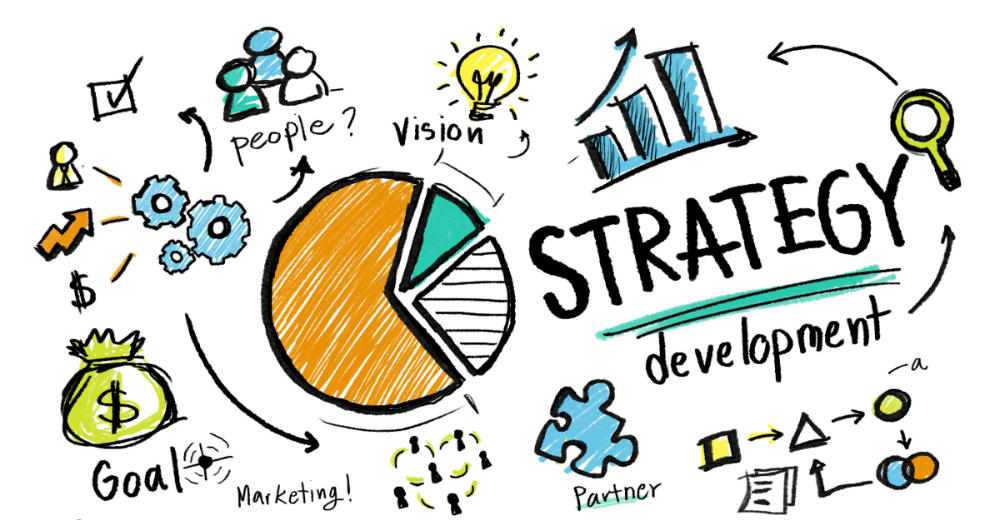Content marketing has become an essential component of modern marketing strategies. It allows businesses to attract, engage, and retain customers by creating and sharing valuable, relevant content. This article provides a step-by-step guide to developing and implementing an effective content marketing strategy.
Understanding Content Marketing
What is Content Marketing?
Content marketing is a strategic approach focused on creating and distributing valuable, relevant, and consistent content to attract and retain a clearly defined audience — and, ultimately, to drive profitable customer action.
Unlike traditional marketing, which often interrupts consumers with promotional messages, content marketing provides information that makes the consumer more intelligent or entertains them.
Key Benefits of Content Marketing
Developing Your Content Marketing Strategy
Define Your Goals and Objectives
Start by clearly defining what you want to achieve with your content marketing efforts. Common goals include:
- Increasing website traffic
- Generating leads
- Improving brand awareness
- Establishing thought leadership
- Driving sales and conversions
Ensure your goals are specific, measurable, achievable, relevant, and time-bound (SMART).
Understand Your Audience
Marketing Manager Mary
Age: 35-45 | B2B Software Industry
Goals
- Increase marketing ROI
- Generate quality leads
- Demonstrate marketing value
Pain Points
- Limited budget
- Proving marketing impact
- Keeping up with trends
Develop detailed buyer personas to understand who you're creating content for. Consider demographics, psychographics, pain points, challenges, and information needs.
Conduct a Content Audit
If you already have content, assess what's working and what's not. Identify gaps in your content and opportunities for improvement.
Choose Content Types and Channels
Awareness Stage
- Blog posts
- Infographics
- Social media
Consideration Stage
- Webinars
- Case studies
- Email newsletters
Decision Stage
- Product demos
- Customer testimonials
- Free trials
Retention Stage
- Knowledge base
- User guides
- Customer success stories
Based on your goals and audience, determine what types of content will be most effective and which channels to use for distribution.
Develop a Content Calendar
Create a detailed content calendar that outlines what content you'll create, when you'll publish it, and who's responsible for each piece.
Implementing Your Strategy
Create High-Quality Content
Focus on creating valuable, relevant, and engaging content that addresses your audience's needs and interests.
Optimize for Search Engines
Incorporate SEO best practices into your content creation process to improve visibility in search results.
Promote Your Content
Develop a promotion strategy to ensure your content reaches your target audience.
Measure and Analyze Results
Regularly track and analyze key metrics to assess the performance of your content marketing efforts.
Conclusion
Building a successful content marketing strategy requires careful planning, consistent execution, and ongoing optimization. By following the steps outlined in this guide, you can develop a strategy that helps you achieve your marketing goals and connect with your target audience in meaningful ways.
Ready to Start Your Content Marketing Journey?
Download our free Content Marketing Strategy Template to get started.



